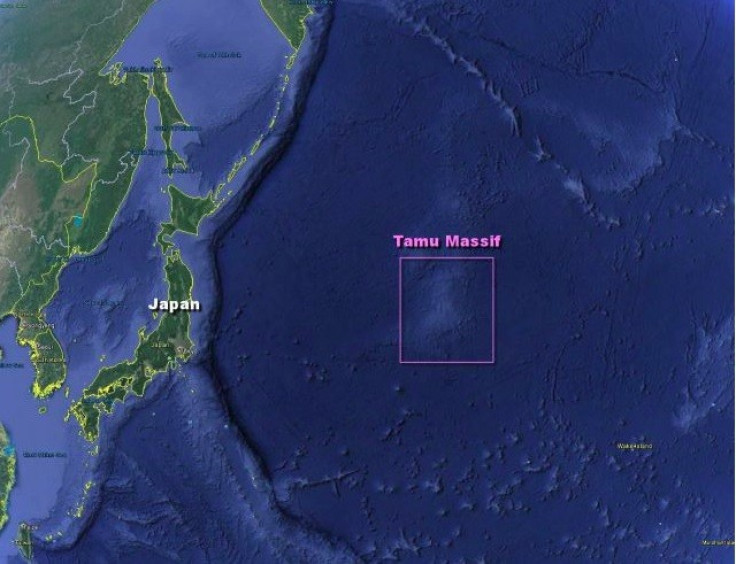Largest Volcano on Earth Discovered on Pacific Floor

The world's largest volcano has been discovered lying extinct on the Pacific Ocean floor.
The Tamu Massif volcano, located 1,000 miles east of Japan, is one of the biggest in the entire solar system, covering 119,000 square miles, rising 2.2 miles up from the sea floor and plunging 18 miles down into the Earth's crust.
The volcano, which is believed to be inactive, was formed 144 million years ago when it last erupted, said geologists.
Its epic dimensions almost match the Olympus Mons volcano on Mars, widely thought to be the solar system's largest volcano, according to scientists.
It eclipses Hawaii's Mauna Loa, Earth's largest active volcano, which covers a mere 2,000 square miles, less than 2% of the size of the Tamu Massif.
"Olympus Mons is the 800-pound gorilla of the solar system," said geophysicist William Sager of the University of Houston, who has produced a study of the volcano having first discovered the range in which it sits, 20 years ago.
"We didn't know these massive volcanoes were here on Earth."
Until now, it was thought the underwater formation, the largest feature of the Shatsky Rise oceanic plateau, consisted of a network of multiple volcanoes.
It was believed to have formed during the late Jurassic to early Cretaceous periods at the triple junction of the Pacific, Farallon and Izanagi tectonic plates.
Sager and his team of geologists have now assembled data proving the Tamu Massif is actually a single, monolithic volcano, rather than a collection of smaller ones.
"We show that the Tamu Massif is a single, immense volcano, constructed from massive lava flows that emanated from the volcano centre to form a broad, shieldlike shape," the scientists write in the journal Nature Geoscience.
"We suggest that the Tamu Massif could be the largest single volcano on Earth and that it is comparable in size to the largest volcano in the solar system, Olympus Mons on Mars."
The geologists drilled into the ocean floor to take rock samples, and charted the seabed with seismic scanners from sea level.
Other volcanoes may lie undiscovered, said Sager.
"We don't have the data to see inside them and know their structure, but it would not surprise me to find out that there are more like Tamu out there," he said.
© Copyright IBTimes 2024. All rights reserved.





